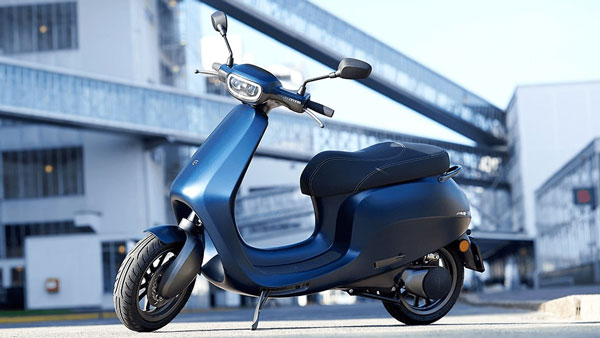The electric two and three-wheelers volume are expected to account for 8-10 percent and 30 percent of new vehicle sales in the country by 2025, respectively, owing to low operating cost and attractive subsidy support, among others, ratings agency ICRA said on Wednesday. The penetration levels in cars and trucks, however, are likely to remain low in the medium-term, it said. Globally, EVs now account for 4.4 percent of new car sales during CY2020 and their share is likely to cross 5 percent level this calendar year, as per ICRA.
Electric two-wheeler (2W) and three-wheeler (3W) segments have a relatively lower dependency on commercial charging infrastructure, owing to a limited span of commute and can also adopt battery swapping to allay charging-related concern for commercial applications. Furthermore, operating cost metrices continue to favor electric 2W and 3W for commercial operations. In fact, the e3W over the life of the vehicle will be much more cost economical than its CNG counterparts, it said.
India can capitalize on its vast 2W and 3W segment, to emerge as a leading manufacturer of e2W and e3W, globally. However, it will continue to lag in the electric car segment, ICRA noted. While global automotive demand declined during CY2020 due to COVID-19-related impact, EVs remained the bright spot with approximately 40 percent growth over the previous years, it said.
ICRA said it believes that while the transition to EVs is inevitable, the pace of penetration will be relatively gradual in India unlike global markets like China, Europe, and the US.
Shamsher Dewan, Vice President and Group Head – Corporate Sector Ratings, ICRA, said, “It is heartening to see positive and proactive policy measures taken by the central government as well as various state governments to accelerate EV transition in India.
“However, affordability and range anxiety remain key challenges, especially in the passenger car and truck segment and penetration levels are likely to remain low over the medium term.”
The absence of a local supplier ecosystem and high dependency on imports make things tougher. Nonetheless, segments like scooters, 3W and small commercial vehicles have already achieved total cost of operations (TCO) parity with conventional vehicles due to the low operating cost and attractive subsidy support, and are thereby expected to become early adopters of EVs in India, he said.
“We expect the share of EVs to reach about 8-10 percent level in 2W, and over 30 percent in 3W by 2025. The penetration levels in cars and trucks are likely to remain low in the medium term,” Dewan noted.
According to the ratings agency, the global automobile industry is witnessing major technological transitions, with a shift from conventional powertrains to electric powertrain.
This transition will not only impact original equipment manufacturers (OEMs) and their vendors within the auto industry but other stakeholders like oil producers, refineries, financiers, and others, it said.
Unlike other markets, especially China, which has taken a significant lead in public charging infrastructure, India may take several years to reach that level of charging infrastructure penetration, ICRA said, adding that India could focus on 2W, 3W, and buses where the requirement of public charging infrastructure is limited.
Even as China has a massive lead in the e-car segment, ICRA said it believes that India can still work on electrifying its 2W and 3W segment due to favorable TCO and huge volume which translates into economies of scale benefits.
“The development of local manufacturing of batteries, critical components and charging infrastructure would remain critical for incentivizing the local EV ecosystem, which is currently weak, reducing costs and improving the overall acceptability of EVs in the country”, said Dewan.
ICRA also said that lack of financing remains a key deterrent to higher EV penetration and that battery prices need to be reduced by a further 40 percent to make any meaningful inroads in the Indian electric car market.
ICRA expects the recently announced production linked incentive (PLI) scheme for auto components and ACC batteries to provide much-needed impetus for localising manufacturing in the sector, he said.
“While dependency on imported battery cells will continue in the medium term, Indian companies can focus on localising other parts including motor and controller in the near-term followed by localisation of battery management system and other electronics over the next three-five years”, added Dewan.
Source: TimesNow
You may also like
-
Trade Connect E-platform For Exports Is Single Window, Fast, Accessible And Transformational: Shri Piyush Goyal
-
Dot Simplifies Approval Processes For Telecom Licenses And Wireless Equipment
-
Coal Production and Supply Trends on Positive Trajectory
-
Union Minister To Release Booklets On Promotion Of Indigenous Species & Conservation Of States Fishes
-
2nd India-Japan Finance Dialogue held in Tokyo on 6th September, 2024
